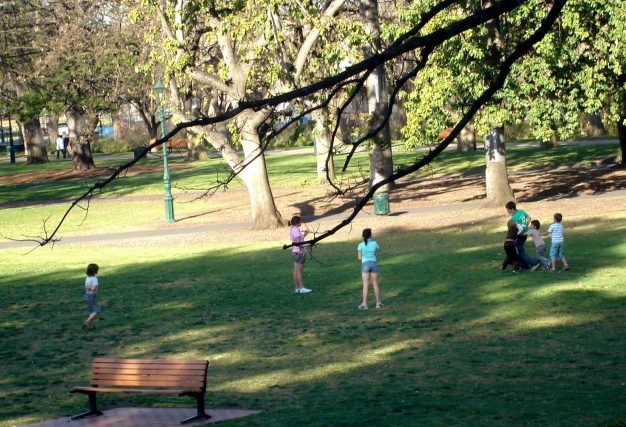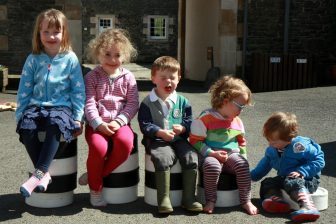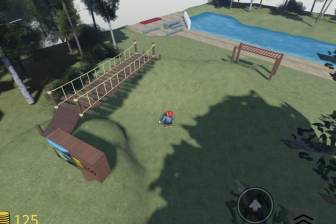
Resilience: connecting young people with nature
A resilient city is one where young people have easy access to nature and outdoor play, argues Samuel Williams of the planning and design company, Arup. Here, her explains why it is time for designers to prioritise these spaces.
Reconnecting young people with nature will build more resilient cities and communities, and should therefore be a top priority for designers. This reconnection can take many forms, work at any scale, and provide a huge range of benefits. If nature becomes a focal part of a city it can provide enjoyment, stimulation, adventure and fun for everyone.
Outdoor play, everyday freedoms and access to space are critical to our well-being and development. And despite the popularity of video games and social media platforms, the overwhelming majority of the younger generation still state a preference to play outdoors.
Playing outside
When I was a child, children used to play outside, whether in the street, around the block, down by the stream, or anywhere they could get to on foot or by bike. It meant children knew their neighbourhood inside out. They knew where the best trees for climbing were, or where there was a shortcut through the fence or the best hiding spot. The time children spent in these places was time in nature, and the chance encounters on those journeys helped shaped their early sense of self. It also provided an understanding of the natural world – what stings and bites, and where the sun goes down for natural navigation.
Unstructured space stimulates valuable, unstructured play. Activities like building dens together are great experiences for children and teenagers and should be supported. Young people learn about construction, team work, managing risk, and of course having a special place to get away from the world and be with friends. And ‘urban wild-scapes’ are usually open to enjoyment by a diverse range of visitors, which promotes a sense of equality and interaction, enriching the wider social context.
Economic pressures
However economic pressures, housing shortages, population numbers, as well as cultural and behavioural shifts mean that the wilder spaces that formed the unofficial playgrounds for previous generations have either been erased or become inaccessible. Today youngsters often have little to do and nowhere to go. Instead, urban teens are sent on costly wilderness programmes to help them deal with “their problems”. As environmentalist George Monbiot states, “those who live in crowded flats, surrounded by concrete, mown grass and other people’s property, cannot escape their captivity without breaking the law.”
Greening temporary spaces is one way they can be returned. It is not only cost effective, quick to implement and high in visual impact, but also provides the local community with safer streets and enhanced community settings.
Green infrastructure
The All London Green Grid already promotes the creation of a multifunctional green infrastructure network including parks, commons, woodlands, natural habitats and play areas. The London Mayor is backing the National Park City, which aims to connect 100% of London’s children to nature. And Rewilding Britain is promoting a “wildness scale” from city centres through to much larger rural areas and oceans.
To nurture a resilient city we shouldn’t look at every green space as an opportunity to develop or build. As designers let’s stay attuned to the need for nature, play and adventure. Whatever our age, we should all have a chance to go a bit wild.
Samuel Williams
Arup
(re-blogged from Arup’s Thoughts page, with thanks)
More information about Arup’s approach to rethinking green infrastructure can be found in their ‘Cities Alive’ series here



